China Connection
TB Fanatic
Well I think we could see China attack Taiwan as soon as next week. I think you will be at war with China this month.
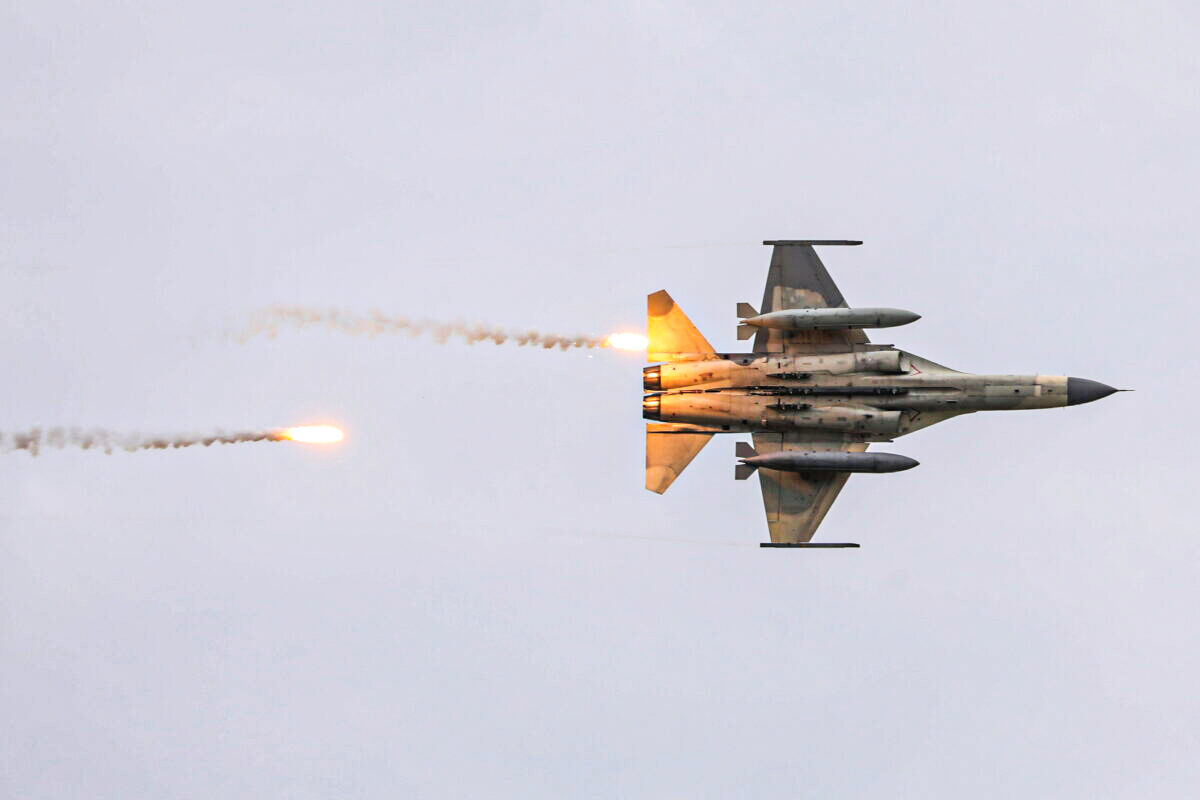
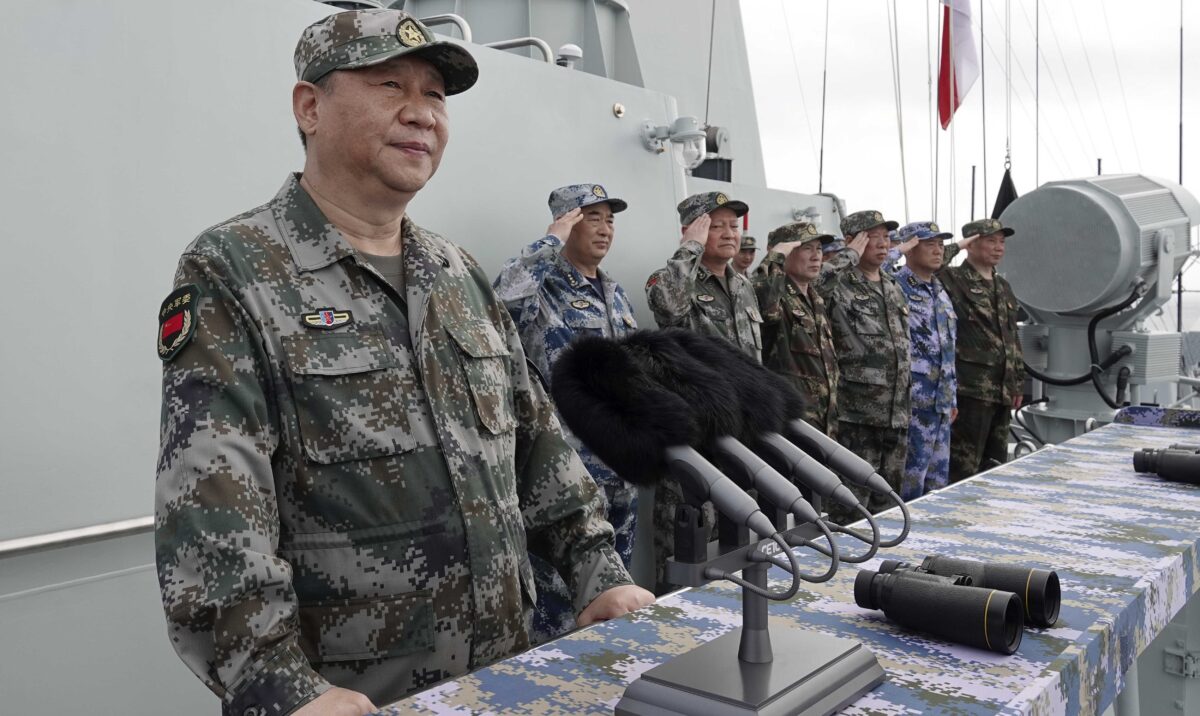
 www.theepochtimes.com
www.theepochtimes.com
Based on what?Well I think we could see China attack Taiwan as soon as next week. I think you will be at war with China this month.
Can you elaborate?Based on their economy mainly.



China tested these weapons thoroughly, the Pentagon report adds:“The [People’s Liberation Army Air Force’s] ground-based missile forces complement the air and sea-based precision strike capabilities of the PLAAF and PLAN.… DF-21D has a range exceeding 1,500 km, is fitted with a maneuverable reentry vehicle (MaRV), and is reportedly capable of rapidly reloading in the field.
“The PLARF continues to grow its inventory of DF-26 IRBMs, which it first revealed in 2015 and fielded in 2016. The multi-role DF-26 is designed to rapidly swap conventional and nuclear warheads and is capable of conducting precision land-attack and anti-ship strikes in the Western Pacific, the Indian Ocean, and the South China Sea from mainland China.
“In 2020, China fired anti-ship ballistic missiles against a moving target in the South China Sea.”
Key to the effectiveness of anti-ship missiles is satellite intelligence and electronic warfare measures. As the Pentagon reports:“In 2021, the PLARF launched approximately 135 ballistic missiles for testing and training, more than the rest of the world combined excluding ballistic missile employment in conflict zones. The DF-17 passed several tests successfully and is deployed operationally.
“While the DF-17 is primarily a conventional platform, it may be equipped with nuclear warheads. In 2020, a PRC-based military expert described the primary purpose of the DF-17 as striking foreign military bases and fleets in the Western Pacific.”
Most important:“China employs a robust space-based ISR [intelligence/surveillance/reconnaissance] capability designed to enhance its worldwide situational awareness. Used for military and civilian remote sensing and mapping, terrestrial and maritime surveillance, and intelligence collection, China’s ISR satellites are capable of providing electro-optical and synthetic aperture radar (SAR) imagery as well as electronic and signals intelligence data.”
Satellite signals can be jammed or spoofed (misdirected to show incorrect coordinates), but“As of the end of 2021, China’s ISR satellite fleet contained more than 260 systems – a quantity second only to the United States, and nearly doubling China’s in-orbit systems since 2018.”
China’s military has improved quality as well as quantity, according to the Pentagon:“The PLA continues to invest in improving its capabilities in space-based intelligence, surveillance, and reconnaissance (ISR), satellite communication, and satellite navigation … the PRC continues to develop a variety of counter-space capabilities designed to limit or prevent an adversary’s use of space-based assets during crisis or conflict.
“In addition to the development of directed energy weapons and satellite jammers, the PLA has an operational ground-based anti-satellite (ASAT) missile intended to target low-Earth orbit satellites, and the PRC probably intends to pursue additional ASAT weapons capable of destroying satellites up to geosynchronous Earth orbit.
“PLA [electronic warfare] units routinely train to conduct jamming and anti-jamming operations against multiple communication and radar systems and Global Positioning System (GPS) satellite systems during force-on-force exercises.
“These exercises test operational units’ understanding of EW weapons, equipment, and procedures and they also enable operators to improve confidence in their ability to operate effectively in a complex electromagnetic environment.”
Overall, the Pentagon’s readout on China’s missile and satellite capability is virtually identical to the estimation of Chinese analysts, for example, the widely read military columnist Chen Feng in the prominent Chinese website “The Observer” (guancha.cn). In a November 27 report, Chen explained why an array of small satellites can achieve precise real-time target location:“Recent improvements to China’s space-based ISR capabilities emphasize the development, procurement, and use of increasingly capable satellites with digital camera technology as well as space-based radar for all-weather, 24-hour coverage.
“These improvements increase China’s monitoring capabilities – including observation of US aircraft carriers, expeditionary strike groups, and deployed air wings. Space capabilities will enhance potential PLA military operations farther from the Chinese coast.”
Synthetic aperture radar, Chen explains, “is not applicable to moving targets, but most of the intelligence can be interpreted from still images, and the similarities and movement can be inferred from differences between the before and after still images can also be inferred from the movement.”“Small satellites are not only small, lightweight, and low-cost, but also operate in low orbits. In terms of space ISR, one is worth nearly three. This is true for optical and radar imaging, as well as for signal interception. So the actual reconnaissance capability of small satellites is no weaker than large satellites, and commercial Synthetic Aperture Radar small satellites in the United States and China are able to reach 0.5-meter resolution.
“Optical imaging has always had the advantage of high resolution, which is also a very mature technology. In the era of digital imaging, there is no longer a need to use the re-entry capsule to send the film back to the ground when the satellite is overhead.”
A noteworthy observation in the new Pentagon report is that China now has only 30,000 marines, compared with a US Marine Corps of about 200,000 including reserves. Only 200 Chinese marines are deployed outside the country, at China’s sole overseas base in Djibouti. China has about 14,000 special forces versus an American count of about 75,000. This isn’t consistent with the report’s claim that China wants to “project power globally.”“China’s decades-long efforts to improve domestic aircraft engine production are starting to produce results with the J-10 and J-20 fighters switching to domestically produced WS-10 engines by the end of 2021. China’s first domestically produced high-bypass turbofan, the WS-20, has also entered flight testing on the Y-20 heavy transport and probably will replace imported Russian engines by the end of 2022.”
Indo-Pacific News - Geo-Politics & Military News
@IndoPac_Info
1) Pentagon, Chinese analysts agree #US can’t win in #Taiwan Strait
US mulls ‘scorched earth’ strategy for Taiwan instead of defense.
China hawk Elbridge Colby: “Senior flag officers are saying we’re on a trajectory to get crushed in a war with China.”
2) The strategic takeaway is that the United States cannot win a firefight close to China’s coast, and can’t defend Taiwan whether it wants to or not. That view persuaded Biden to discuss “guardrails” against military confrontation in his November summit with Xi Jinping.”
3) China’s satellite coverage in the Western Pacific has doubled since 2018, the Pentagon said.
That gives China the ability to detect American surface ships with an array of sensors that can guide its 2,000 land-based missiles to moving targets, including US aircraft carriers.
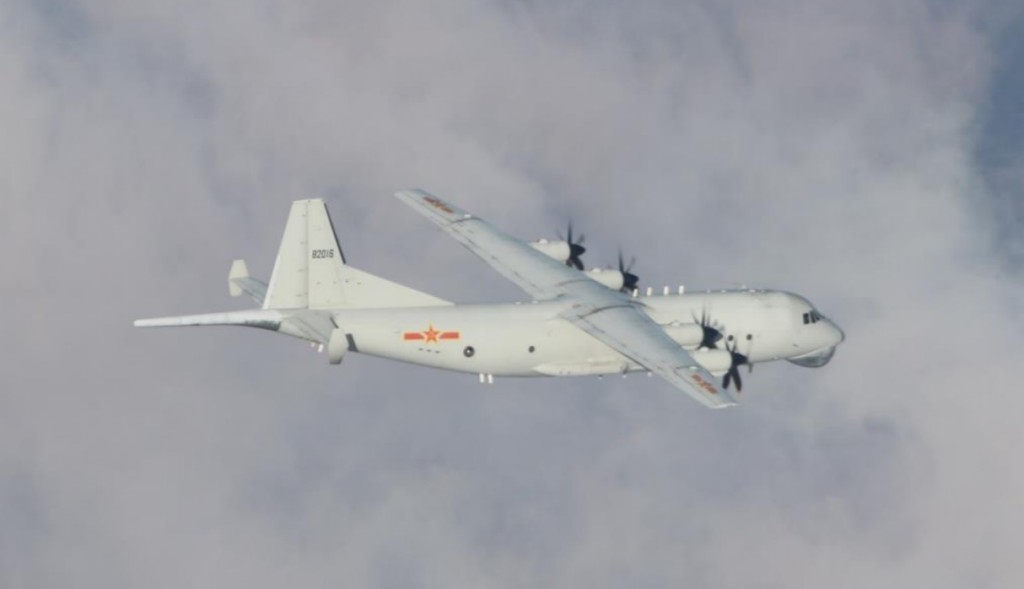
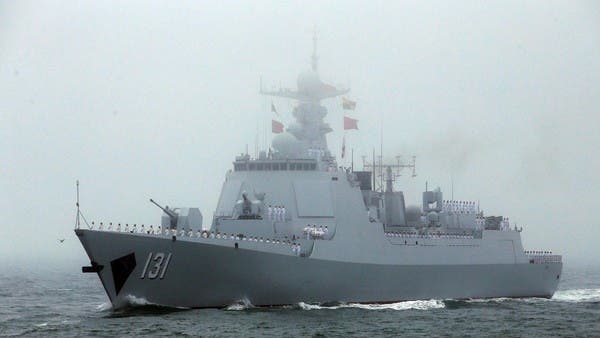

The Spectator Index
@spectatorindex
BREAKING: Taiwan says China used 71 warplanes in military exercises over the weekend, with over 40 sorties crossing into Taiwan's air defense area.
9:46 PM · Dec 25, 2022
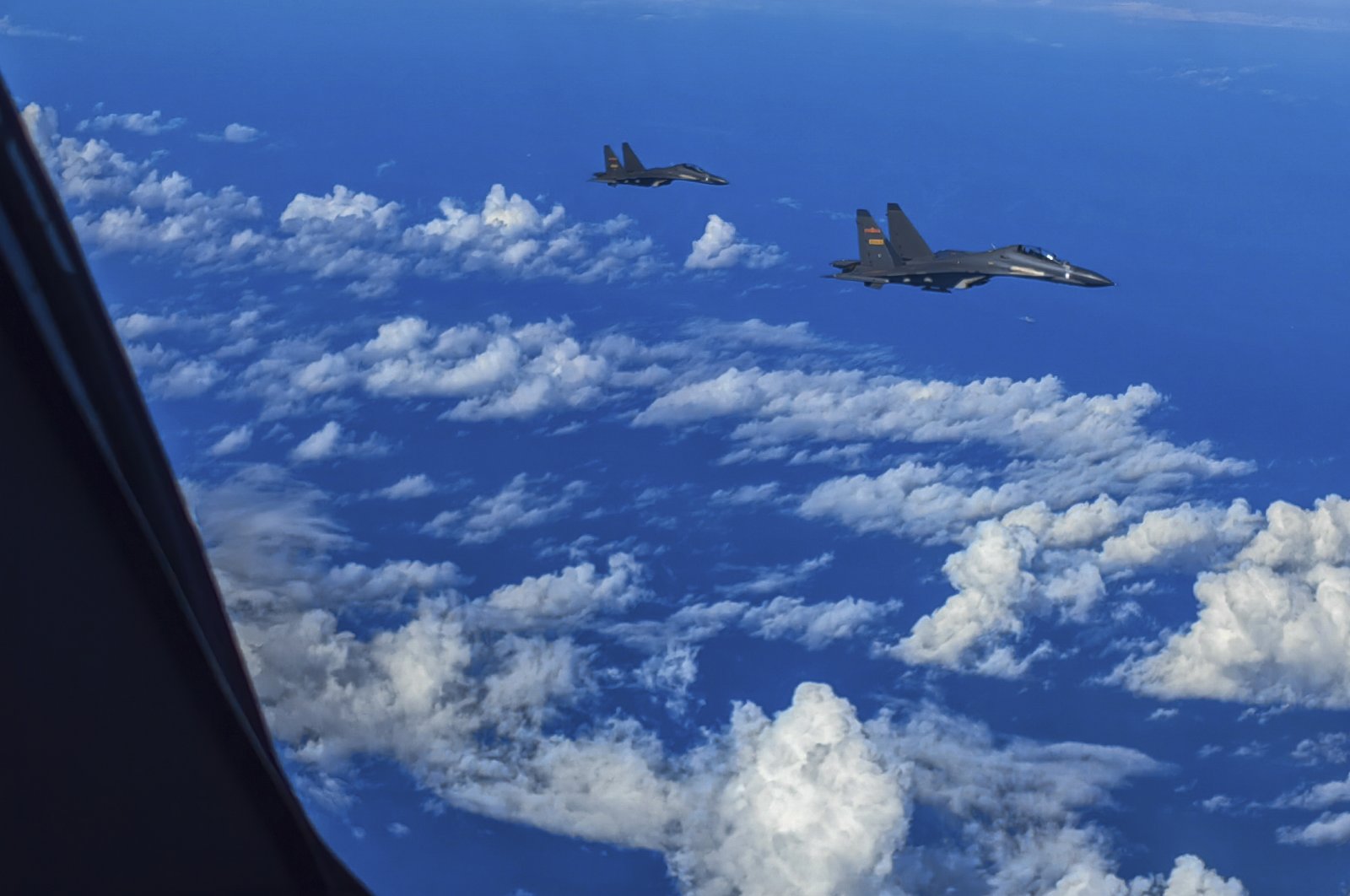
FO is phenomenal with the info they give out. They usually don't give stuff this in-depth on you tube 1st unless it is pretty important, they are certainly NOT ones to do things just for views.Report from Forward Observer. Strong indications of Chinese action on Taiwan in next 30 days. First action likely to be embargo on Taiwan followed by possible military intervention later in spring if coercive measures are not successful.
View: https://youtu.be/RYRNM1Hke5I
RT 52:14
China-Taiwan relevant material starts at about 20:50
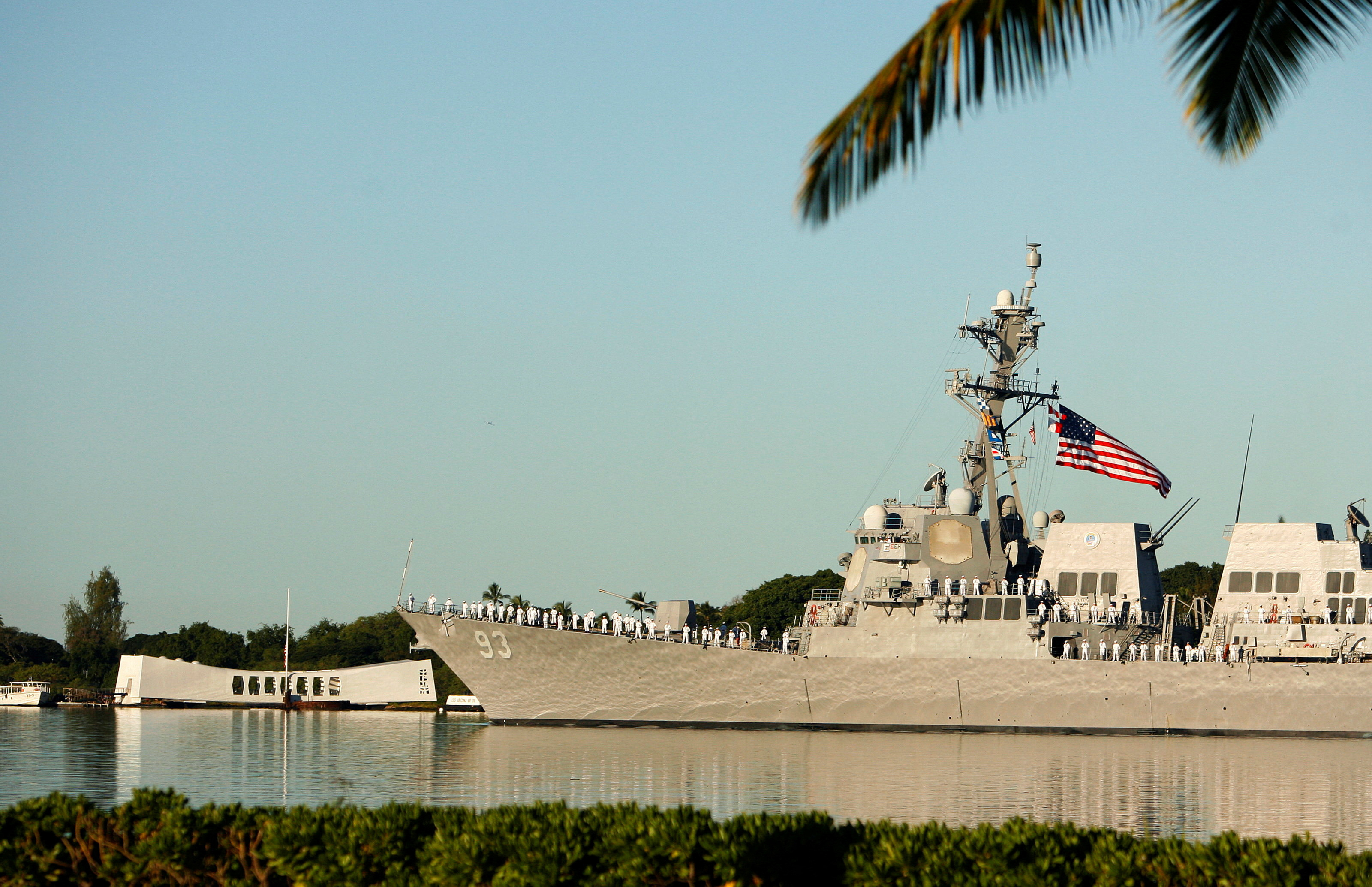

 asiatimes.com
asiatimes.com
/cloudfront-us-east-2.images.arcpublishing.com/reuters/KL2E6FQ6VZLX5KOVLKSQ3UIU3M.jpg)


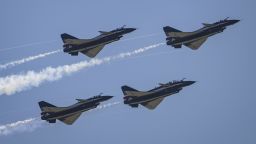
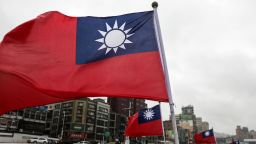
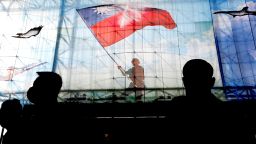
So - The same "Experts" that claim Ukraine is Winning - Predict Taiwan & the US would defeat ChinaWar game suggests Chinese invasion of Taiwan would fail at a huge cost to US, Chinese and Taiwanese militaries


By Brad Lendon and Oren Liebermann, CNN
Updated 6:45 AM EST, Mon January 9, 2023
CNN —
A Chinese invasion of Taiwan in 2026 would result in thousands of casualties among Chinese, United States, Taiwanese and Japanese forces, and it would be unlikely to result in a victory for Beijing, according to a prominent independent Washington think tank, which conducted war game simulations of a possible conflict that is preoccupying military and political leaders in Asia and Washington.
A war over Taiwan could leave a victorious US military in as crippled a state as the Chinese forces it defeated.
At the end of the conflict, at least two US aircraft carriers would lie at the bottom of the Pacific and China’s modern navy, which is the largest in the world, would be in “shambles.”
Those are among the conclusions the Center for Strategic and International Studies (CSIS), made after running what it claims is one of the most extensive war-game simulations ever conducted on a possible conflict over Taiwan, the democratically ruled island of 24 million that the Chinese Communist Party claims as part of its sovereign territory despite never having controlled it.
Chinese leader Xi Jinping has refused to rule out the use of military force to bring the island under Beijing’s control.

China carries out military exercises near Taiwan and Japan, sending 47 aircraft across Taiwan Strait in 'strike drill'
CNN reviewed an advance copy of the report – titled “The First Battle of the Next War” – on the two dozen war scenarios run by CSIS, which said the project was necessary because previous government and private war simulations have been too narrow or too opaque to give the public and policymakers a true look at how conflict across the Taiwan Strait might play out.
“There’s no unclassified war game out there looking at the US-China conflict,” said Mark Cancian, one of the three project leaders and a senior adviser at the Center for Strategic and International Studies. “Of the games that are unclassified, they’re usually only done once or twice.”
CSIS ran this war game 24 times to answer two fundamental questions: would the invasion succeed and at what cost?
The likely answers to those two questions are no and enormous, the CSIS report said.
“The United States and Japan lose dozens of ships, hundreds of aircraft, and thousands of service members. Such losses would damage the US global position for many years,” the report said. In most scenarios, the US Navy lost two aircraft carriers and 10 to 20 large surface combatants. Approximately 3,200 US troops would be killed in three weeks of combat, nearly half of what the US lost in two decades of combat in Iraq and Afghanistan.
“China also suffers heavily. Its navy is in shambles, the core of its amphibious forces is broken, and tens of thousands of soldiers are prisoners of war,” it said. The report estimated China would suffer about 10,000 troops killed and lose 155 combat aircraft and 138 major ships.
Taiwan would be devastated
The scenarios paint a bleak future for Taiwan, even if a Chinese invasion doesn’t succeed.
“While Taiwan’s military is unbroken, it is severely degraded and left to defend a damaged economy on an island without electricity and basic services,” the report. The island’s army would suffer about 3,500 casualties, and all 26 destroyers and frigates in its navy will be sunk, the report said.
Japan is likely to lose more than 100 combat aircraft and 26 warships while US military bases on its home territory come under Chinese attack, the report found.
But CSIS said it did not want its report to imply a war over Taiwan “is inevitable or even probable.”
“The Chinese leadership might adopt a strategy of diplomatic isolation, gray zone pressure, or economic coercion against Taiwan,” it said.

Biden administration approves $180 million arms sale to Taiwan
Dan Grazier, a senior defense policy fellow at the Project on Government Oversight (POGO), sees an outright Chinese invasion of Taiwan as extremely unlikely. Such a military operation would immediately disrupt the imports and exports upon which the Chinese economy relies for its very survival, Grazier told CNN, and interrupting this trade risks the collapse of the Chinese economy in short order. China relies on imports of food and fuel to drive their economic engine, Grazier said, and they have little room to maneuver.
“The Chinese are going to do everything they can in my estimation to avoid a military conflict with anybody,” Grazier said. To challenge the United States for global dominance, they’ll use industrial and economic power instead of military force.
But Pentagon leaders have labeled China as America’s “pacing threat,” and last year’s China Military Power report mandated by Congress said “the PLA increased provocative and destabilizing actions in and around the Taiwan Strait, to include increased flights into Taiwan’s claimed air defense identification zone and conducting exercises focused on the potential seizure of one of Taiwan’s outlying islands.”
In August, the visit of then-House Speaker Nancy Pelosi to the island prompted a wide-ranging display of PLA military might, which included sending missiles over the island as well as into the waters of Japan’s exclusive economic zone.
China increasing military pressure
Since then, Beijing has stepped up aggressive military pressure tactics on the island, sending fighter jets across the median line of the Taiwan Strait, the body of water separating Taiwan and China and into the island’s air defense identification zone – a buffer of airspace commonly referred to as an ADIZ.
And speaking about Taiwan at the 20th Chinese Communist Party Congress in October, Chinese leader Xi Jinping won large applause when he said China would “strive for peaceful reunification” — but then gave a grim warning, saying “we will never promise to renounce the use of force and we reserve the option of taking all measures necessary.”
The Biden administration has been steadfast in its support for the island as provided by the Taiwan Relations Act, which said Washington will provide the island with the means to defend itself without committing US troops to that defense.

Taiwan extends mandatory military service period to counter China threat
The recently signed National Defense Authorization Act commits the US to a program to modernize Taiwan’s military and provides for $10 billion of security assistance over five years, a strong sign of long-term bipartisan support for the island.
Biden, however, has said more than once that US military personnel would defend Taiwan if the Chinese military were to launch an invasion, even as the Pentagon has insisted there is no change in Washington’s “One China” policy.
Under the “One China” policy, the US acknowledges China’s position that Taiwan is part of China, but has never officially recognized Beijing’s claim to the self-governing island.
“Wars happen even when objective analysis might indicate that the attacker might not be successful,” said Cancian.
The CSIS report said for US troops to prevent China from ultimately taking control of Taiwan, there were four constants that emerged among the 24 war game iterations it ran:
Taiwan’s ground forces must be able to contain Chinese beachheads; the US must be able to use its bases in Japan for combat operations; the US must have long-range anti-ship missiles to hit the PLA Navy from afar and “en masse”; and the US needs to fully arm Taiwan before shooting starts and jump into any conflict with its own forces immediately.
No ‘Ukraine model’ for Taiwan
“There is no ‘Ukraine model’ for Taiwan,” the report said, referring to how US and Western aid slowly trickled in to Ukraine well after Russia’s invasion of its neighbor started and no US or NATO troops are actively fighting against Russia.
“Once the war begins, it’s impossible to get any troops or supplies onto Taiwan, so it’s a very different situation from Ukraine where the United States and its allies have been able to send supplies continuously to Ukraine,” said Cancian. “Whatever the Taiwanese are going to fight the war with, they have to have that when the war begins.”
Washington will need to begin acting soon if it’s to meet some of the CSIS recommendations for success in a Taiwan conflict, the think tank said.
Those include, fortifying US bases in Japan and Guam against Chinese missile attacks; moving its naval forces to smaller and more survivable ships; prioritizing submarines; prioritizing sustainable bomber forces over fighter forces; but producing more cheaper fighters; and pushing Taiwan toward a similar strategy, arming itself with more simple weapons platforms rather than expensive ships that are unlikely to survive a Chinese first strike.
Those policies would make winning less costly for the US military, but the toll would still be high, the CSIS report said.
“The United States might win a pyrrhic victory, suffering more in the long run than the ‘defeated’ Chinese.”
“Victory is not everything,” the report said. https://www.cnn.com/2023/01/09/politics/taiwan-invasion-war-game-intl-hnk-ml/index.html
